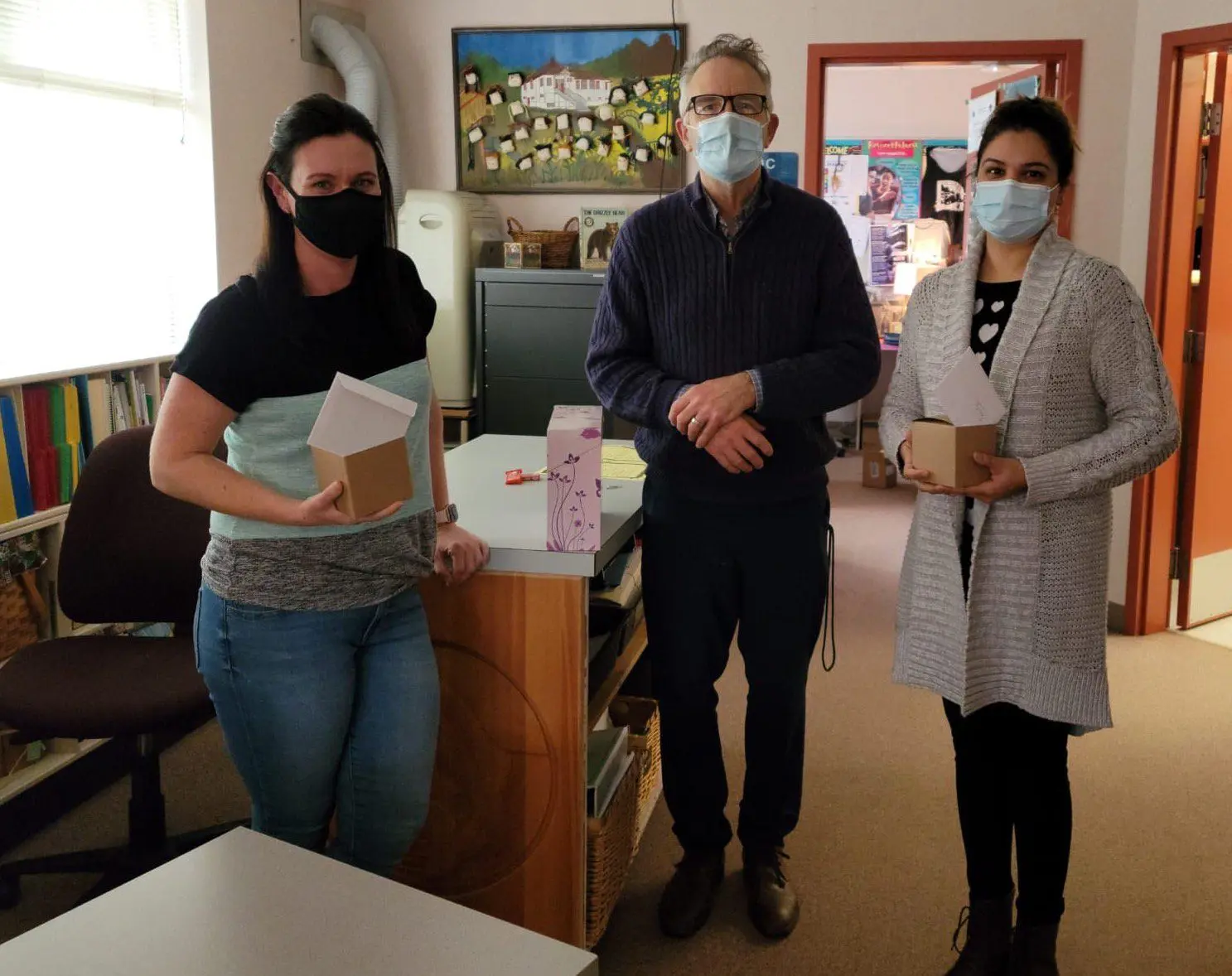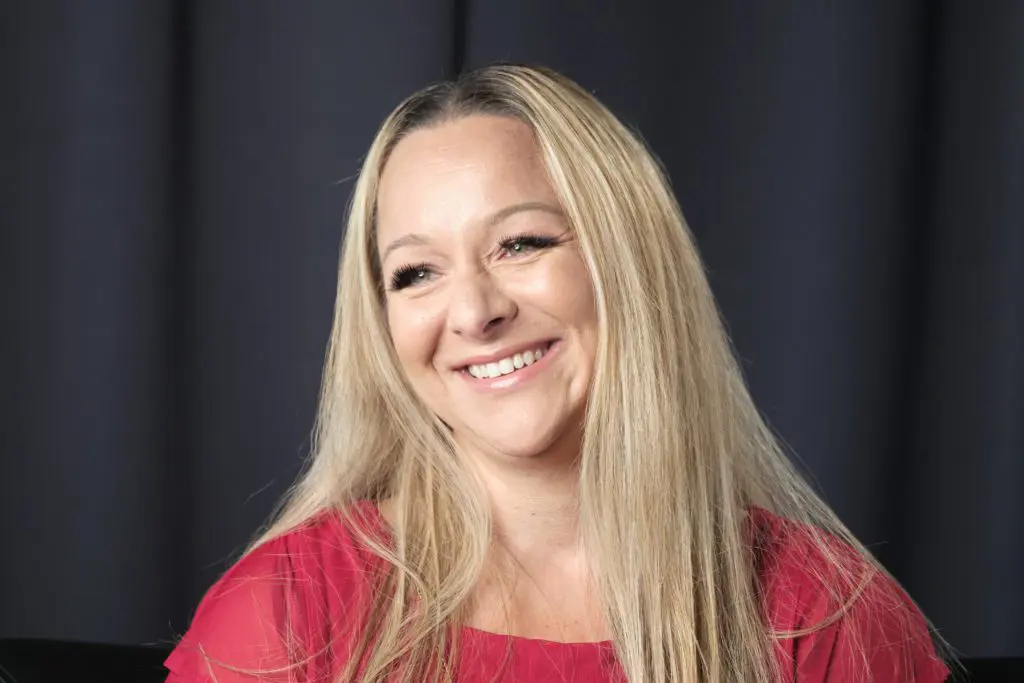I’ve gained so much knowledge in the Education Assistant (EA) program over the past five months. I could go on and on about what I’ve learned, but in the interest of time, here are six key facts I’ve learned in the program.
Cultural competency can have a significant impact on our relationships
Our recent studies discussed the vast differences between cultures and how our ignorance may shape people’s perceptions. For example, in some cultures, the act of lining up is an unfamiliar concept. Instead, the norm is to crowd around and make your way to the front or yell the loudest – the successful person is served first. This may be something to consider next time somebody cuts in front of you at Starbucks. Was it rudeness or a cultural difference? This is one of the interesting facts I’ve learned, and only scrapes the surface of cultural diversity. Similarly, when we view the behaviour of students in a classroom, we must have an open mind to support them and avoid biased perceptions.
All behaviour is a form of communication
This seems simple when you think about it, but when your toddler is going red in the face and ready to throw a Lego at you, how many times have you stood back and thought, “Hmm, what are they trying to tell me?”
The obvious answer isn’t always accurate. We might assume they are mad because they’re not getting their way, but it could also be that they’re feeling overwhelmed. Maybe they have big ideas and don’t know how to express them. This is a thought process taught in the EA program, which brings a deeper understanding and problem-solving capabilities. Rather than framing a student as problematic, we learn to empathize and discover what their behaviour communicates.
Children with autism can range in their abilities
You have likely heard the term “spectrum disorder,” but have you really considered what that means? I know I hadn’t. A child with autism may be nonverbal and may have a wealth of knowledge on subjects. They may face fine motor or language delays yet be able to calculate large numbers with ease. There is a saying I often hear in the program, “If you’ve met one child with autism, then you have met one child with autism.” This means that no two children are the same, and it is important to take the time to get to know who they are as an individual. Their strengths may be obvious or hidden, but as Education Assistants, we learn skills to navigate their abilities and support them at an individual level.
Having a disability doesn’t limit a person from dreaming big
With the right mindset and support system, almost anything is achievable. Did you know that there is a woman who swam in her wheelchair? Or a man who is blind that rides a bicycle? Have you heard of Alison Kabush? She was one of the first with an exceptionality in the Surrey School District admitted into the regular program. She even participated in the Paralympics for Boccia and won a bronze medal. Fun facts: one of Alison’s EAs was Natalie Taylor-Lane, an instructor in Stenberg’s Education Assistant program, and she is also a Stenberg EA blogger!
The goals and accomplishments of people with disabilities do not need to be different than non-disabled individuals. Some people shoot for the stars, while others dream of a secure, steady life. People with disabilities are no different.
Some disabilities are “invisible” and are more common than we realize
Estimates show that one in 10 children face a learning disability. Children can also face challenges that may not show physical indications and can hinder their learning ability, such as attention deficit hyperactivity, anxiety, fetal alcohol spectrum, or autism spectrum disorders (just to name a few). If they haven’t been diagnosed or choose to keep this information private, you may never find out. By keeping in mind that disabilities are not always immediately visible, you can foster compassion.
More than meets the eye
When you see a child having a tantrum in the store or an adult having difficulty maintaining a job, there may be much more beneath the surface than you can see. As educators, we need to be mindful and supportive of all children. Being the person that a child can come to school and connect with can make all the difference in their day.
These key facts all share one common idea: that people with differences are people first. We are all unique, we all have our strengths and weaknesses, and we all have so much to gain if we take the time to learn, understand and accept one another.











